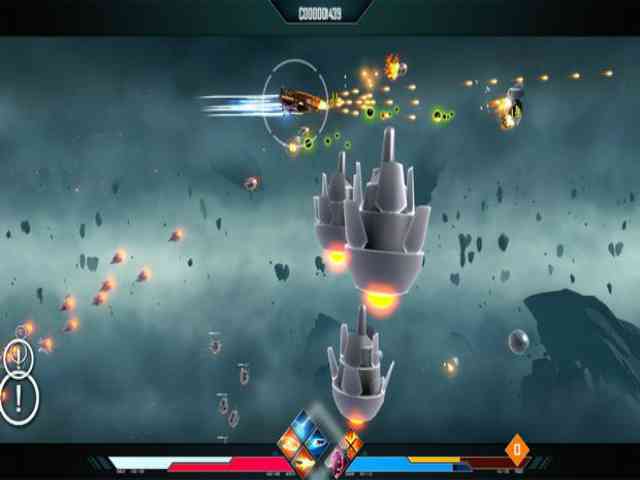

#Drifting lands pc game screenshot manual
This is also the only version that lets you pick automatic or manual transmissions. The courses are a bit different, but the bonus courses are gone. The requirements change in this version, depending on which level you’re on – the first stage is considered “practice” so you’re guaranteed to go to the second level, but the second requires that you place in the top 6, and then the requirements become more stringent. In the regular game you need to place in the top three ranking to continue. Known as Power Drift: Tsuushin Taisen (“Network Versus Battle”), it also includes a handful of changes. There was a networked release of Power Drift which allowed up to eight cabinets to be linked together. There’s also technically no “drifting” in the game, at least in how it’s been defined in modern racing games. It’s far too easy to spin out of control and roll off the track, which admittedly looks cool, but of course also ensures you won’t place highly enough to win. Plus, each race is comprised of a dozen drivers, each categorized with a unique, super deformed face (with artistry based off American comics, according to the Japanese flyer) at the top of the screen, which makes the races feel remarkably crowded. The speed is a bit too fast, the controls are a bit too touchy, and the action is a bit too chaotic, especially with all of the disjointed terrain sprites flying around. While impressive to a certain degree, Power Drift isn’t quite a classic, and really hasn’t aged quite as well as other Yu Suzuki titles, especially OutRun.

Most tracks are excellent, but unfortunately they tend to get drowned out by all of the tire squealing and other sound effects. The music is upbeat and catchy, with one song for each of the five courses, and many of them are a few minutes long. There are some neat touches though, like the billboards that are actually advertisements for some real life business, including Coca-Cola, the Chicago radio station WLAK 94, the Australian real estate company Max Christmas, and the Los Angeles-based Victory Furniture. If you manage to place high enough in the given set of tracks, you get to play a bonus track, where your car rather trippily morphs into either the motorcycle from Hang-On or the jet from After Burner. Each track is quite short and requires four laps to complete. There are twenty five tracks in total, divided into five sets of five. Like many of Sega’s other games, certain cabinets were sit down models with hydraulics that tilt the player left and right up to 20 degrees. Like most games of this type, it’s fascinating to see how Sega tried to emulate a wholly 3D space using strictly 2D technology. The whole screen also tilts left and right as you steer, which adds to vaguely dizzying experience. And compared to most other similar games, which only stuck the camera right behind you, Power Drift introduces each course with a fly-by, spins around wildly whenever you go out of control, and even offers a rear view camera when you hit the Start button. There aren’t any guard rails on the courses either, making it extremely easy to fall off the ledges and crash into the ground. While initially this seems a bit silly, this design decision allowed for greater freedom when designing the tracks – they each feel like mini roller coasters, with sharp inclines, dives, curves, and occasionally even jumps.
#Drifting lands pc game screenshot series
Power Drift, on the other hand, comprises all of its track layouts with flat bitmaps, which makes it look like you’re driving over a series of Lincoln Logs. OutRun – and most other arcade racing games – used flat shaded colors to simulate scrolling on the road. What sets Power Drift apart from the pack is the way it uses those sprites. Like many of these games, it was directed by Yu Suzuki, and it’s powered by the Sega Y Board, which also ran G-Loc, Galaxy Force and Rail Chase. Sega’s Power Drift is a go-kart racing game, and one of many arcade titles to use Sega’s Super Scaler technology to emulate 3D effects through the use of 2D sprites.


 0 kommentar(er)
0 kommentar(er)
